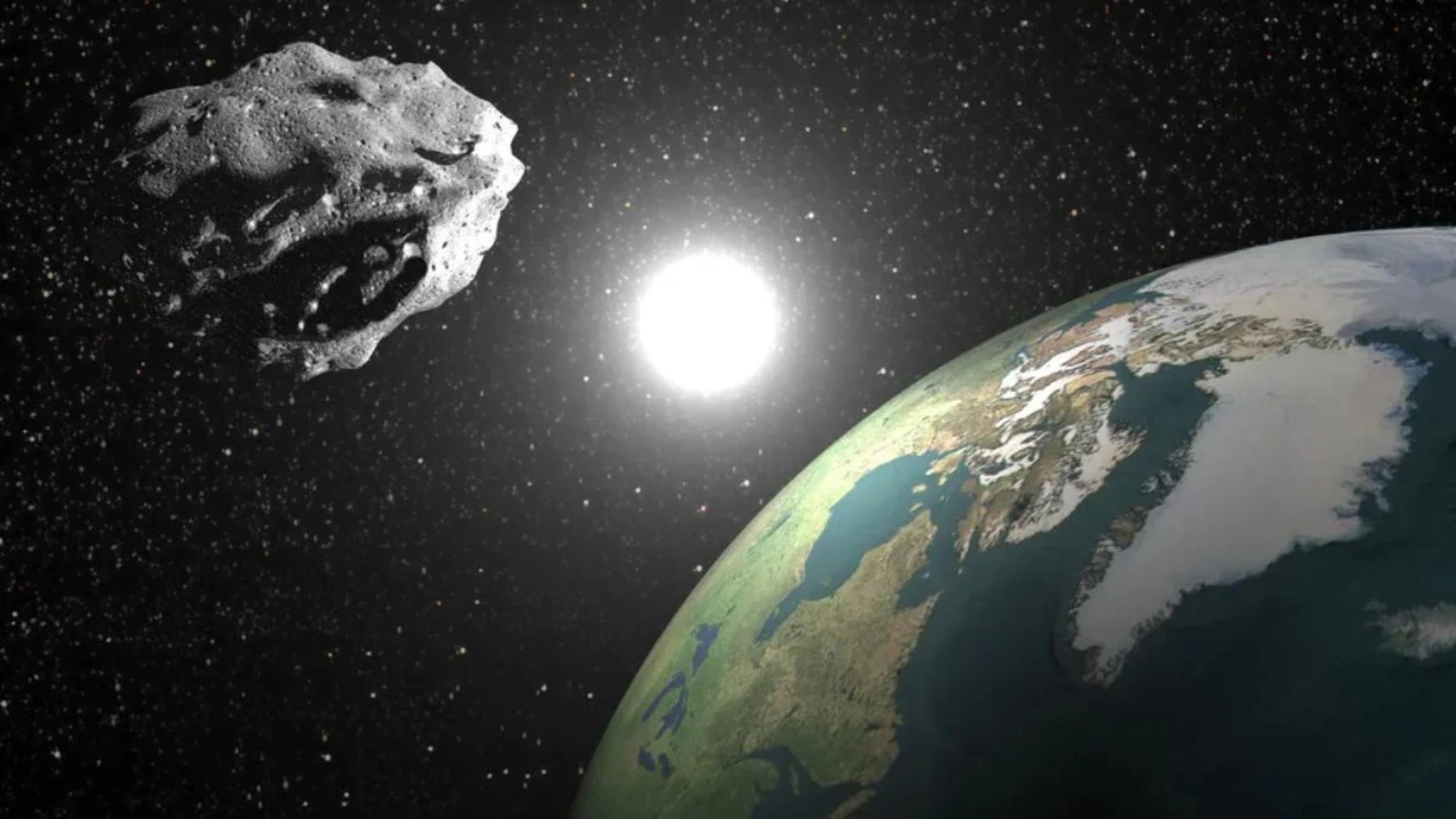Earth has a new companion in space: a small quasi-moon that will travel alongside our planet and the Moon for many years. As you can see, space never stops surprising us because, every year, scientists make new discoveries that change how we see our place in the universe. And this one is another one, so let’s learn a bit about it.
What is the new celestial body orbiting with Earth?
A team of astronomers from the University of Hawaii recently discovered a new quasi-moon, officially named 2025 PN7. It was first detected in the summer of 2025, and scientists estimate that it is between 18 and 36 meters wide — about the size of a small building.
Unlike our real Moon, which is held tightly by Earth’s gravity, this quasi-moon is not gravitationally attached to our planet. Instead, it follows its own path around the Sun, but in a way that’s very similar to Earth’s orbit.
You can think of it like two runners on a track: they move at about the same speed and stay close to each other, but they’re not connected. That’s how a quasi-moon moves alongside Earth.
How quasi-moons work
A quasi-moon orbits the Sun, not the Earth — but it appears to move along with our planet. Because its orbit is so similar to Earth’s, it stays nearby for many years, looping around us in a slow, graceful dance.
According to calculations, 2025 PN7 first came close to Earth about 60 years ago. It will stay with us until around the year 2083, when it will naturally drift away and continue its journey through space.
At its closest point, the quasi-moon came within 4 million kilometers of Earth — about 10 times farther than the distance between Earth and the Moon. Sometimes it moves away as far as 17 million kilometers and this constant shifting happens because its orbit is slightly different from ours and is affected by the gravity of the Sun and other planets.
Why scientists are excited about 2025 PN7
Discovering a new quasi-moon is not an easy task because they are very hard to detect since they are small, dark, and move in complex paths that make them difficult to track. In fact, scientists didn’t even know quasi-moons existed until the 1990s.
In total, astronomers have only found eight quasi-moons including 2025 PN7. Each new discovery helps researchers understand how small objects travel through the solar system and how Earth’s gravity affects nearby space rocks.
The discovery of 2025 PN7 also shows that our solar system is still full of surprises. Even after centuries of studying the skies, we continue to find new and mysterious companions orbiting alongside us.
How the discovery was made
The team from the University of Hawaii used powerful telescopes to spot the quasi-moon during routine sky surveys and that’s when they noticed a small object that seemed to be following Earth’s path around the Sun.
After studying its movement for several weeks, they confirmed that it wasn’t a satellite, space debris, or a typical asteroid — it was a quasi-moon. These kinds of discoveries require precise observation because such objects are tiny and faint, often appearing as little more than a moving dot of light in telescope images.
What makes quasi-moons important
While quasi-moons don’t pose any danger to Earth, they are scientifically valuable because they help astronomers learn more about gravity, motion, and the structure of our solar system. Studying them can also improve our understanding of asteroids, which are made of similar material and could one day be used for space exploration or resource mining. In addition, quasi-moons might offer safe testing grounds for future missions, since they are close to Earth but still in space.
So, the next time you look up at the Moon, remember: far beyond it, another tiny traveler — our quasi-moon 2025 PN7 — is keeping us company as we all move together around the Sun.

